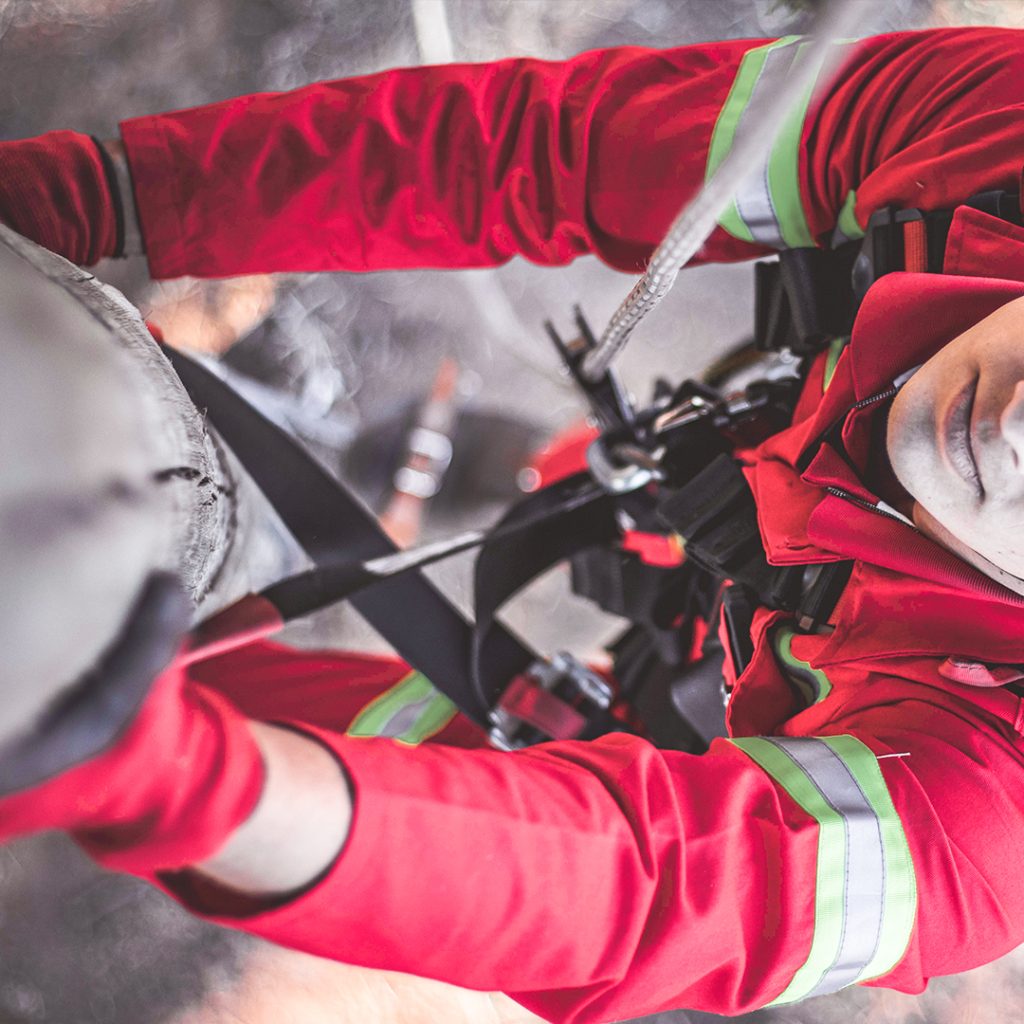
Portable Ladder and Pole Climbing –
In a Fibre Environment
Who should attend:
For persons needing to access elevated areas by means of using portable ladders or pole climbing shoes. Examples of these areas would be FTTX Telecommunications, data centers, electrical distribution hubs, construction and mining environments.
For persons needing to access elevated areas by means of using portable ladders or pole climbing shoes. Examples of these areas would be FTTX Telecommunications, data centers, electrical distribution hubs, construction and mining environments.
Entry Requirements:
- Copy of identification document / passport.
- Copy of a valid Basic Fall Arrest US229998 certificate (SA only).
- Learners must have basic numeric literacy and be able to understand, read and write English (special needs candidates can be accommodated on request).
- Be in possession of a valid medical fitness certificate.
Price per Person:
R 1 220. 00 (Incl. VAT)
COURSE DURATION:
Days: 1

Candidates Allowed per Group:
Minimum: 8
Maximum: 12
*Please communicate preferred group sizes to the relevant bookings personnel as some clients may require smaller groups. Please be aware that smaller group sizes may affect your course price.
Course Specifics:
Portable Ladder and Pole Climbing – Select, inspect and use the correct portable ladder and pole climbing shoes as per task specifics.
Certificate valid for 3 years.
Designation: Portable Ladder and Pole Climbing Shoes User.
COURSE CONTENT:
Theoretical Knowledge:
- Introduction to work at height.
- Work at height definitions.
- Legislation regarding work at height.
- Understanding on-site risk assessments.
- Appropriate equipment care and pre-use climbing inspection methods.
- Identification and use of climbing equipment.
- Limitations of climbing equipment.
- Limitations of safe anchoring points.
- The risks of overhead powerlines.
- Safe distance to powerlines.
- Managing electrical hazards.
- Safely remove a person from an electrical shock.
- Trimming trees near electrical wires.
- EMS procedures for when a person has been electrocuted.
- The advantages of a “buddy system.”
- Identification of a range of portable ladders.
- Inspection criteria of portable ladders.
- Identification of a range of various pole climbing shoes.
- Minimum free space areas.
- Fall factors.
Practical Skills:
- Perform a pre-use inspection on a portable ladder.
- Using a variety of portable ladders:
2.1 Using non-conductive extension ladders.
2.2 Using A-frame ladders.
2.3 Using articulated ladders. - Cleaning and maintenance of portable ladders.
- Securing a ladder using a variety of methodologies.
- Selecting safe anchoring points.
- Transporting portable ladders safely.
- Securing portable ladders to vehicles safely.
- Implement the “buddy system.”
- Ascend and descend a portable ladder.
- Exclusion zones/barricading.
- Safe use of portable ladders under overhead powerlines.
- Use of a proximity tester when working near overhead power lines.
- Securing a work positioning lanyard.
- Movement using a shock-absorbing lanyard.
- Movement using a retractable lanyard.
- Managing minimum free space.
- Managing fall factors.
- Using pole climbing shoes safely.
- Correct fitment of pole climbing shoes.
- Safe use of a remote vertical system use during the use of pole climbing shoes.
- Correct work positioning during the use of pole climbing shoes.
IMPORTANT NOTES:
- All training is done in accordance with local and international best practices as well as local acts and regulation. He/she has been found competent as per Occupational Health and Safety act 85 of 1993 Construction Regulations 1.
- Relevant standards require a minimum of 2 competent Portable Ladder and Pole Climbing Shoes User (who are in possession of valid Portable Ladder and Pole Climbing user certificates) to be on-site at all times during any lifting process.
- Gravity Training can not be held responsible for any unsafe and unlawful acts or behaviour as this is the duty of the technician to ensure his/her own safety and the safety of others on the work site.

